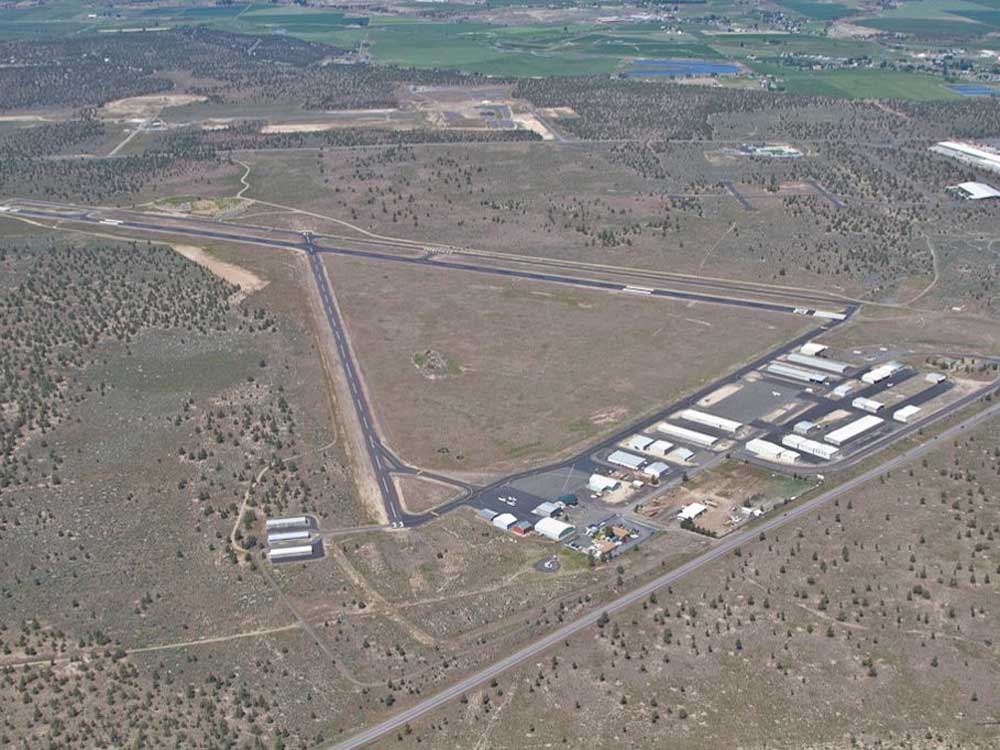These athletes put their careers on ice to become bobsledders
Published 12:00 am Thursday, December 29, 2016
WASHINGTON — Briauna Jones woke up to a sunny, 17-degree morning in Lake Placid, New York, recently, a bitter cold reminder “of what I’ve gotten myself into,” she said.
What Jones has gotten herself into is bobsled. The 24-year-old former UNC-Charlotte track and field athlete is the newest member of the U.S. women’s bobsled national team.
Jones and Adrian Adams, a native of Reidsville, North Carolina, are vying for spots this season on the U.S. bobsled squad that will compete in the 2018 Winter Olympics in PyeongChang, South Korea.
“I spend every day of my life waking up chasing that dream, that vision of being on the podium, being in South Korea, winning a medal for my team and teammates,” said Adams, 30, who played football.
Both hope to follow in the footsteps of African-Americans who transitioned from the gridiron or track to the bobsled and berths at the Winter Games.
Vonetta Flowers, the first African-American to win a gold medal at the Winter Olympics — in 2002 in Salt Lake City — ran track at Alabama. Former NFL star running back Herschel Walker pushed a bobsled at the 1992 Winter Games in Albertville, France. Five women of color — including track stars Lauryn Williams and LoLo Jones — were U.S. bobsled team members at the 2014 Winter Olympics in Sochi, Russia.
“I’d love to see more people who look like me doing it, because I’ve met so many little kids who are just fascinated about what I do, some of them being African-American,” Jones said in a phone interview from the U.S. bobsled training facility in Lake Placid. “It’s so important that they see themselves in me and they know that this is something that they can do, too. You don’t have to have a lot of money or live in an arctic climate to do a winter sport.”
Briauna Jones’ rookie season is off to a fast start. She won her first medal, a bronze, in her first international competition in Whistler, Canada, in November. Not bad for someone who made the leap less than eight months ago from long jumper and sprinter to a pusher and brakeman of a 400-pound missile that careens down an iced concrete track at speeds exceeding 85 mph.
She had dreams of competing in the 2016 Summer Olympics in Rio de Janeiro and had continued her track and field training in Spain after she graduated from UNC-Charlotte in 2014.
“But the training wasn’t going so well, so I came back to Charlotte and to my coach at UNCC,” Jones said. “I started transitioning into a heptathlete, figuring that was my best bet for making the games in Rio. I had some success, but I just wasn’t getting to where I wanted to be.”
Sensing Jones’ frustration, UNCC track coach Bob Olesen suggested another way for her to keep her Olympic dream alive.
“One day he asked me, ‘Briauna, I know you don’t like cold weather but would you be interested in bobsledding?’” Jones recalled. “I never really thought about it because a lot of people aren’t familiar with it.”
But Olesen is. He was a member of the U.S. bobsled team that competed at the 1998 Winter Olympics in Nagano, Japan. His UNCC office is adorned with bobsled trophies, medals and pictures.
“She’s very powerful and fast,” Olesen said. “Those things are very beneficial and primary requirements for bobsled. And I knew she had the capacity to gain more strength, which would be very beneficial in bobsled.”
Figuring “I don’t have much to lose,” Jones focused solely on bobsled training under Olesen’s tutelage. In June, she attended a USA Bobsled & Skeleton combine — a tryout — in Columbia, South Carolina, at Owens Field Park. She impressed coaches enough to earn an invitation to a bobsled push camp in Lake Placid, site of the 1980 Winter Olympics.
Olesen “got me mentally prepared for the crazy stuff they asked me to do that seemed like I might get hurt or die or something,” Jones said. “I couldn’t have done it without him.”
Her performance there earned her an invitation to Calgary, Alberta, where she participated in a push camp on ice for the first time with other members of the U.S. bobsled team.
“I just kept it rolling, kept competing to try to make a spot,” Jones said. “It’s really crazy that I’m here.”
Jones said that all of Olesen’s training and all the practices had not prepared her for the physical experience of her first bobsled run down Lake Placid’s track.
“I’ve been told Lake Placid is one of the hardest tracks in the world, one of the most violent tracks in the world for brakemen in the sled,” she said. “You’re going so fast and gravity is pulling so hard on you.
“And you have to absorb some really heavy blows back there.”
The speed and contact remind Adams of his football days. He dreamed of playing in the NFL but got only as far as arena football. He had a few Canadian Football League tryouts but never latched on to a team.
Adams’ father, Randy Russell, was a bobsledder and suggested in 2012 that his son give it a try.
“After I was done chasing the dream of being an NFL player, I knew I wasn’t done being an athlete,” Adams said. “I had a lot more in the tank.”
After his first bobsled run in 2012, Adams said, “Hey, that’s pretty cool. Let’s do it again.”
“I never, as a kid growing up in a small country town (Reidsville, North Carolina), would have dreamed of traveling to all the countries and places I’ve been to for bobsledding,” he said. “Everybody has their niche to find. I found my niche in bobsledding.”






